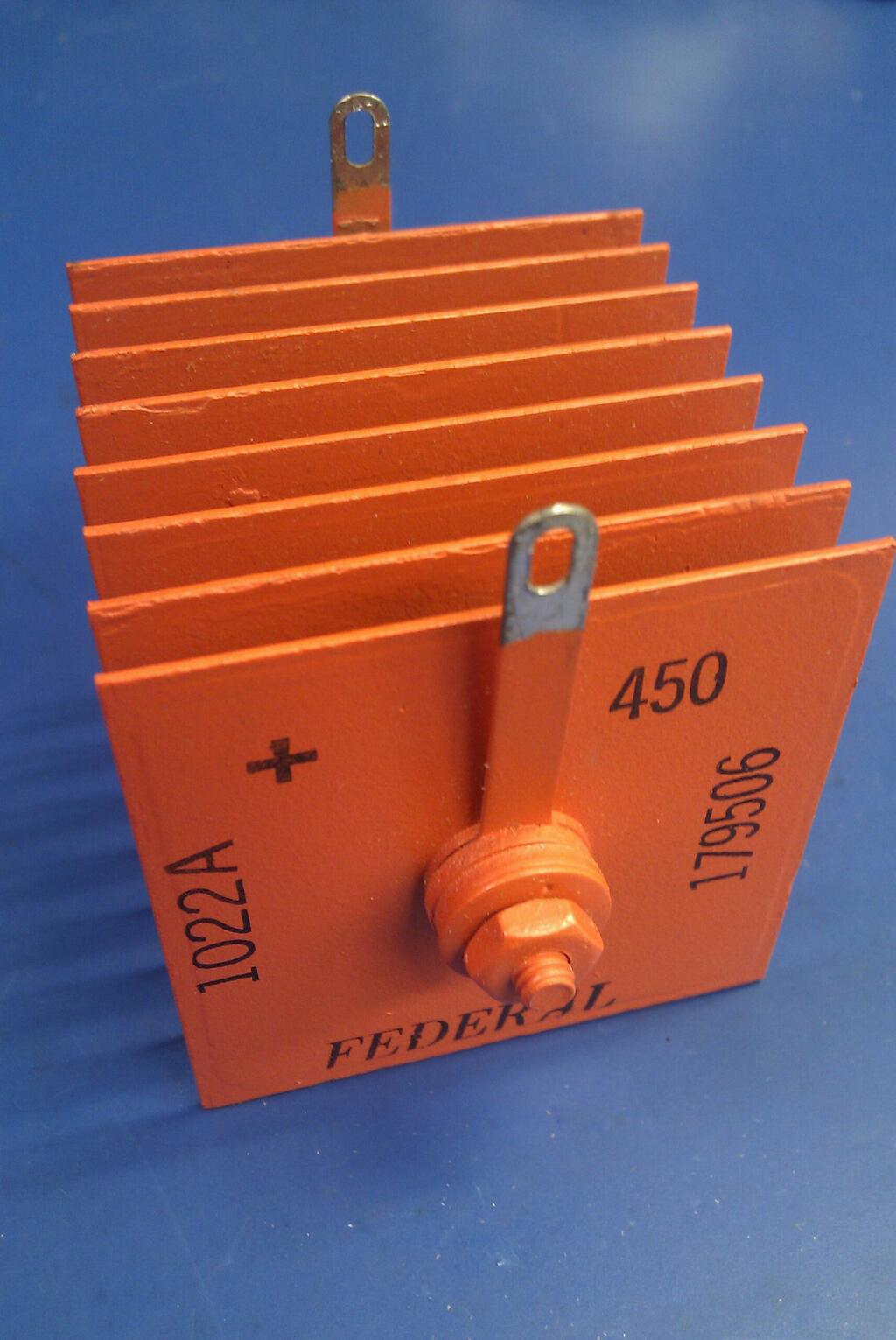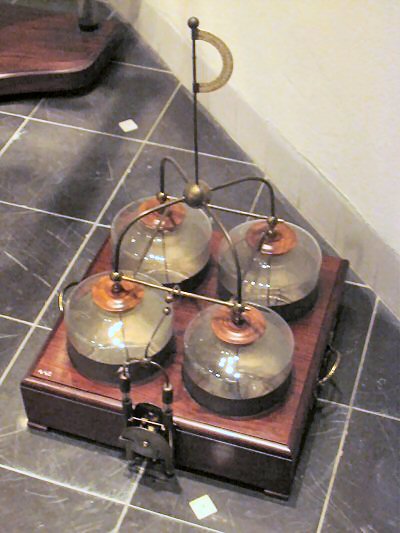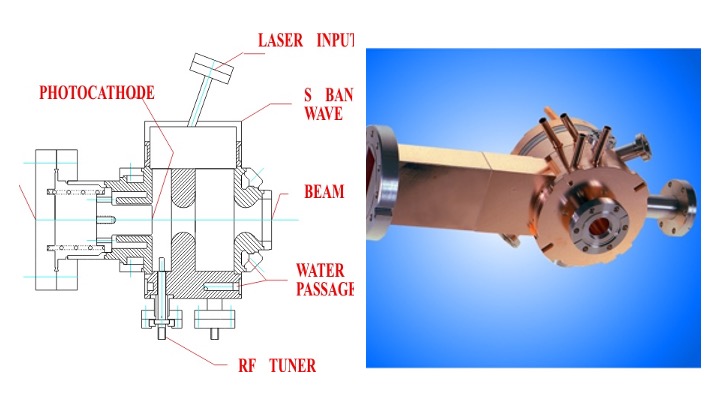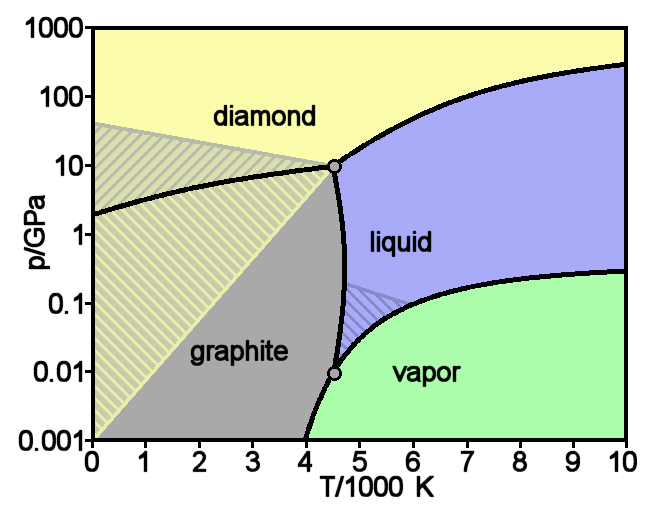|
Aquadag
Aquadag is a trade name for a water-based colloidal graphite coating commonly used in cathode ray tubes (CRTs). It is manufactured by Acheson Industries, a subsidiary of ICI. The name is a shortened form of "Aqueous Deflocculated Acheson Graphite", but has become a generic term for conductive graphite coatings used in vacuum tubes. Other related products include Oildag, Electrodag and Molydag. Deflocculation refers to the distribution of powdered high purity graphite in an aqueous solution containing approximately 2% to 10% by weight of various Tannic/Gallotannic acid variants and separating the colloidal graphite suspension from the remaining unsuspended graphite particulates. The product names are often printed with DAG in upper case (e.g. AquaDAG). It is used as an electrically conductive coating on insulating surfaces, and as a lubricant. Properties Aquadag consists of a dispersion of colloidal graphite in distilled water. It is provided in concentrated paste form and is u ... [...More Info...] [...Related Items...] OR: [Wikipedia] [Google] [Baidu] |
Cathode Ray Tube
A cathode-ray tube (CRT) is a vacuum tube containing one or more electron guns, which emit electron beams that are manipulated to display images on a phosphorescent screen. The images may represent electrical waveforms on an oscilloscope, a Film frame, frame of video on an Analog television, analog television set (TV), Digital imaging, digital raster graphics on a computer monitor, or other phenomena like radar targets. A CRT in a TV is commonly called a picture tube. CRTs have also been Williams tube, used as memory devices, in which case the screen is not intended to be visible to an observer. The term ''cathode ray'' was used to describe electron beams when they were first discovered, before it was understood that what was emitted from the cathode was a beam of electrons. In CRT TVs and computer monitors, the entire front area of the tube is scanned repeatedly and systematically in a fixed pattern called a raster scan, raster. In color devices, an image is produced by con ... [...More Info...] [...Related Items...] OR: [Wikipedia] [Google] [Baidu] |
Colloidal
A colloid is a mixture in which one substance consisting of microscopically dispersed insoluble particles is suspended throughout another substance. Some definitions specify that the particles must be dispersed in a liquid, while others extend the definition to include substances like aerosols and gels. The term colloidal suspension refers unambiguously to the overall mixture (although a narrower sense of the word '' suspension'' is distinguished from colloids by larger particle size). A colloid has a dispersed phase (the suspended particles) and a continuous phase (the medium of suspension). The dispersed phase particles have a diameter of approximately 1 nanometre to 1 micrometre. Some colloids are translucent because of the Tyndall effect, which is the scattering of light by particles in the colloid. Other colloids may be opaque or have a slight color. Colloidal suspensions are the subject of interface and colloid science. This field of study began in 1845 by Frances ... [...More Info...] [...Related Items...] OR: [Wikipedia] [Google] [Baidu] |
Fluorescent
Fluorescence is one of two kinds of photoluminescence, the emission of light by a substance that has absorbed light or other electromagnetic radiation. When exposed to ultraviolet radiation, many substances will glow (fluoresce) with colored visible light. The color of the light emitted depends on the chemical composition of the substance. Fluorescent materials generally cease to glow nearly immediately when the radiation source stops. This distinguishes them from the other type of light emission, phosphorescence. Phosphorescent materials continue to emit light for some time after the radiation stops. This difference in duration is a result of quantum spin effects. Fluorescence occurs when a photon from incoming radiation is absorbed by a molecule, exciting it to a higher energy level, followed by the emission of light as the molecule returns to a lower energy state. The emitted light may have a longer wavelength and, therefore, a lower photon energy than the absorbed rad ... [...More Info...] [...Related Items...] OR: [Wikipedia] [Google] [Baidu] |
Metal Rectifier
A metal rectifier is an early type of semiconductor rectifier in which the semiconductor is copper oxide, germanium or selenium. They were used in power applications to convert alternating current to direct current in devices such as radios and battery chargers. Westinghouse Electric was a major manufacturer of these rectifiers since the late 1920s, under the trade name Westector (now used as a trade name for an overcurrent trip device by Westinghouse Nuclear). In some countries the term "metal rectifier" is applied to all such devices; in others the term "metal rectifier" normally refers to copper-oxide types, and " selenium rectifier" to selenium-iron types. Description Metal rectifiers consist of washer-like discs of different metals, either copper (with an oxide layer to provide the rectification) or steel or aluminium, plated with selenium. The discs are often separated by spacer sleeves to provide cooling. Mode of operation The principle of operation of a metal re ... [...More Info...] [...Related Items...] OR: [Wikipedia] [Google] [Baidu] |
Capacitor
In electrical engineering, a capacitor is a device that stores electrical energy by accumulating electric charges on two closely spaced surfaces that are insulated from each other. The capacitor was originally known as the condenser, a term still encountered in a few compound names, such as the '' condenser microphone''. It is a passive electronic component with two terminals. The utility of a capacitor depends on its capacitance. While some capacitance exists between any two electrical conductors in proximity in a circuit, a capacitor is a component designed specifically to add capacitance to some part of the circuit. The physical form and construction of practical capacitors vary widely and many types of capacitor are in common use. Most capacitors contain at least two electrical conductors, often in the form of metallic plates or surfaces separated by a dielectric medium. A conductor may be a foil, thin film, sintered bead of metal, or an electrolyte. The nonconductin ... [...More Info...] [...Related Items...] OR: [Wikipedia] [Google] [Baidu] |
Dielectric
In electromagnetism, a dielectric (or dielectric medium) is an Insulator (electricity), electrical insulator that can be Polarisability, polarised by an applied electric field. When a dielectric material is placed in an electric field, electric charges do not flow through the material as they do in an electrical conductor, because they have no loosely bound, or free, electrons that may drift through the material, but instead they shift, only slightly, from their average equilibrium positions, causing dielectric polarisation. Because of Polarisation density, dielectric polarisation, positive charges are displaced in the direction of the field and negative charges shift in the direction opposite to the field. This creates an internal electric field that reduces the overall field within the dielectric itself. If a dielectric is composed of weakly Chemical bond, bonded molecules, those molecules not only become polarised, but also reorient so that their Symmetry axis, symmetry axes a ... [...More Info...] [...Related Items...] OR: [Wikipedia] [Google] [Baidu] |
Filter Capacitor
Capacitors have many uses in electronic and electrical systems. They are so ubiquitous that it is rare that an electrical product does not include at least one for some purpose. Capacitors allow only AC signals to pass when they are charged blocking DC signals. The main components of filters are capacitors. Capacitors have the ability to connect one circuit segment to another. Capacitors are used by Dynamic Random Access Memory (DRAM) devices to represent binary information as bits. Energy storage A capacitor can store electric energy when it is connected to its charging circuit and when it is disconnected from its charging circuit, it can dissipate that stored energy, so it can be used as a temporary Battery (electricity), battery. Capacitors are commonly used in electronic devices to maintain power supply while batteries are being changed. (This prevents loss of information in volatile memory.) Conventional electrostatic capacitors provide less than 360 joules per kilogram o ... [...More Info...] [...Related Items...] OR: [Wikipedia] [Google] [Baidu] |
Secondary Electrons
Secondary electrons are electrons generated as ionization products. They are called 'secondary' because they are generated by other radiation In physics, radiation is the emission or transmission of energy in the form of waves or particles through space or a material medium. This includes: * ''electromagnetic radiation'' consisting of photons, such as radio waves, microwaves, infr ... (the ''primary'' radiation). This radiation can be in the form of ions, electrons, or photons with sufficiently high energy, i.e. exceeding the ionization potential. Photoelectrons can be considered an example of secondary electrons where the primary radiation are photons; in some discussions photoelectrons with higher energy (>50 eV) are still considered "primary" while the electrons freed by the photoelectrons are "secondary". Applications Secondary electrons are also the main means of viewing images in the scanning electron microscope (SEM). The range of secondary electrons de ... [...More Info...] [...Related Items...] OR: [Wikipedia] [Google] [Baidu] |
Phosphor
A phosphor is a substance that exhibits the phenomenon of luminescence; it emits light when exposed to some type of radiant energy. The term is used both for fluorescent or phosphorescent substances which glow on exposure to ultraviolet or visible light, and cathodoluminescent substances which glow when struck by an electron beam ( cathode rays) in a cathode-ray tube. When a phosphor is exposed to radiation, the orbital electrons in its molecules are excited to a higher energy level; when they return to their former level they emit the energy as light of a certain color. Phosphors can be classified into two categories: fluorescent substances which emit the energy immediately and stop glowing when the exciting radiation is turned off, and phosphorescent substances which emit the energy after a delay, so they keep glowing after the radiation is turned off, decaying in brightness over a period of milliseconds to days. Fluorescent materials are used in applications in wh ... [...More Info...] [...Related Items...] OR: [Wikipedia] [Google] [Baidu] |
Electron Gun
file:Egun.jpg, Electron gun from a cathode-ray tube file:Vidicon Electron Gun.jpg, The electron gun from an RCA Vidicon video camera tube An electron gun (also called electron emitter) is an electrical component in some vacuum tubes that produces a narrow, collimation, collimated electron beam that has a precise kinetic energy. The largest use is in cathode-ray tubes (CRTs), used in older television sets, computer displays and oscilloscopes, before the advent of flat-panel displays. Electron guns are also used in field-emission display, field-emission displays (FEDs), which are essentially flat-panel displays made out of rows of extremely small cathode-ray tubes. They are also used in microwave linear beam vacuum tubes such as klystrons, inductive output tubes, travelling-wave tubes, and gyrotrons, as well as in scientific instruments such as electron microscopes and particle accelerators. Electron guns may be classified by the type of electric field generation (DC or RF), by e ... [...More Info...] [...Related Items...] OR: [Wikipedia] [Google] [Baidu] |
Graphite
Graphite () is a Crystallinity, crystalline allotrope (form) of the element carbon. It consists of many stacked Layered materials, layers of graphene, typically in excess of hundreds of layers. Graphite occurs naturally and is the most stable form of carbon under standard conditions. Synthetic and natural graphite are consumed on a large scale (1.3million metric tons per year in 2022) for uses in many critical industries including refractories (50%), lithium-ion batteries (18%), foundries (10%), and lubricants (5%), among others (17%). Graphite converts to diamond under extremely high pressure and temperature. Graphite's low cost, thermal and chemical inertness and characteristic conductivity of heat and electricity finds numerous applications in high energy and high temperature processes. Types and varieties Graphite can occur naturally or be produced synthetically. Natural graphite is obtained from naturally occurring geologic deposits and synthetic graphite is produced t ... [...More Info...] [...Related Items...] OR: [Wikipedia] [Google] [Baidu] |
Electron Beam
Since the mid-20th century, electron-beam technology has provided the basis for a variety of novel and specialized applications in semiconductor manufacturing, microelectromechanical systems, nanoelectromechanical systems, and microscopy. Mechanism Free electrons in a vacuum can be manipulated by Electric field, electric and magnetic fields to form a fine beam. Where the beam collides with solid-state matter, electrons are converted into heat or kinetic energy. This concentration of energy in a small volume of matter can be precisely controlled by the fields, which brings many advantages. Applications Electron beam techniques include electron probe microanalysis, transmission electron microscopy, auger spectroscopy, and scanning electron microscopy. The rapid increase of temperature at the location of impact can quickly melt a target material. In extreme working conditions, the rapid temperature increase can lead to evaporation, making an electron beam an excellent tool in heating ... [...More Info...] [...Related Items...] OR: [Wikipedia] [Google] [Baidu] |







